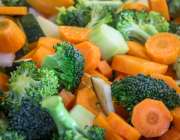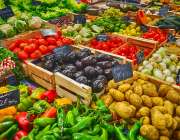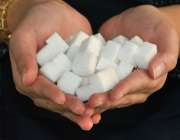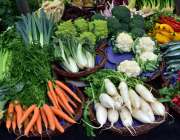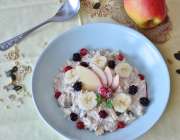- Email: info@yournutrition.site
- Home
- Living well
- Services
-
Recipes
- Recipes overview
- Large nutrition filter
- Breakfast
-
Lunch
- Spiced lentil soup
- Curried butternut squash and peanut butt
- Hearty leek and potato soup
- One pot spanish rice and bean soup
- Roasted veg filled herb egg rolls
- Spanish tortilla
- Vine tomato soup
- Chickpea and chorizo soup
- Pumpkin, sweet potato and ginger soup
- Minestrone soup
- Hot plum and fennel salad
- Chickpea and spinach curry
- Pink scottish salad
- Potato, pea and mint tortilla
- How to make your own kimchi
- Skirlie ball recipe
- Spiced carrot & lentil soup
- Poached eggs with grilled vegetables on
-
Dinner
- Hearty root veg curry
- Tarka dal
- Batch cooked beef stew
- Batch cooked chicken biryani
- Spiced pilau rice
- Pesto risotto with caramelised onions
- Mexican style sweet potato gratin
- Idiyappam
- Pumpkin risotto
- Jamaican black bean stew
- Balsamic roasted beetroot
- Easy peasy pizza
- Carrot and celeriac gratin
- Leek and potato cake
- Kale pesto
- Macaroni cheese
- Joe's healthier chilli
- Chicken jalfrezi
- Snacks
- Desserts
- Special diets
- Learn to cook
- Testimonials
- About
-
News
- News overview
- Nbite
- Nutrition News
- Site News
-
General News
- Coming soon
- Local News
-
Promotions
- Coming soon
-
Competitions
- Coming soon
- Links
- Contact
-
Living well
- Home
- Living well
- Nutrition basics
- Delightful dairy
Delightful dairy
- Oct 07, 2016
- Joe Jones
- 544 words, Reading time around 3 minutes
- Living well
-
Nutrition basics
Home & Business
milk cheese yoghurt cows dairy calcium bones b-vitamins
Delightful dairy

Cows in pasture
Delightful dairy
Dairy is one of the most varied and often controversial food groups, it is a great natural source of many important nutrients. In this section we'll talk about the different types, why we need it in our diets, how much we need and give some suggestions on healthier choices.
What exactly is dairy?

Goat in meadow
Dairy is the name given to a wide variety of food products, which include milk, butter, cream, yoghurt and cheese. The biggest source of milk for these products comes from cows, but it can also come from goats, sheep and buffalo.
Why do we need dairy in our diets?
Dairy products are high in key nutrients such as protein and calcium, which we need for growth, repair and our bone development and maintenance. They are also good sources of vitamin A, vitamin B12, vitamin B2 (riboflavin) and iodine. Milk and dairy products also contain fats in various types and amounts, which need to be included in our diets in moderate amounts to help us absorb other fat soluble vitamins.
How much should we eat each day?
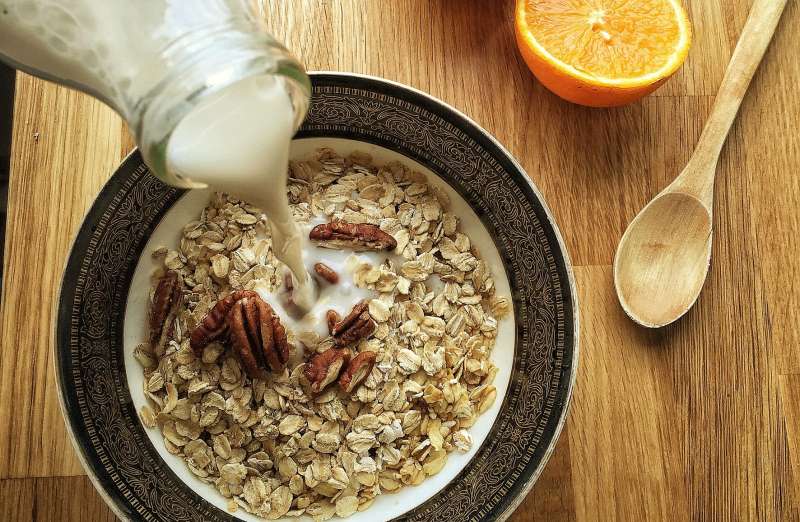
Fortified almond milk
The recommended portions for dairy products are:
- 200ml of milk
- 200ml of fortified milk alternatives - almond, soya, oat, hazelnut
- 30g of cheese (about the size of a matchbox)
- 150g of yoghurt
Consuming 2-3 portions from these foods will give us the calcium our bodies need each day.
Sources of dairy in our diets
- Milk
- Yoghurt
- Cheese
- Fromage frais
- Cottage cheese
- Quark
- Calcium-fortified milk alternatives (nut, soya, oat and rice milks)
Check the label
Healthier ways to embrace dairy
- Check product labels for details on saturated fat, salt and sugar levels.
- Remember! low-fat doesn't always mean healthier, some low fat yoghurts can be higher in sugar.
- Using stronger strength cheeses like mature cheddar and parmesan in meals often means we don't need to use as much.
- Feta, parmesan, ricotta or cottage cheese as great to use as they are lower in saturated fat than others.
- Try substituting cream, soured cream or creme fraiche for plain yoghurts and fromage frais which are lower in saturated fats.
- Instead of having a cake or ice cream for dessert, why not try making a mixed fruit salad and adding lower saturated fat plain or greek yoghurt.





